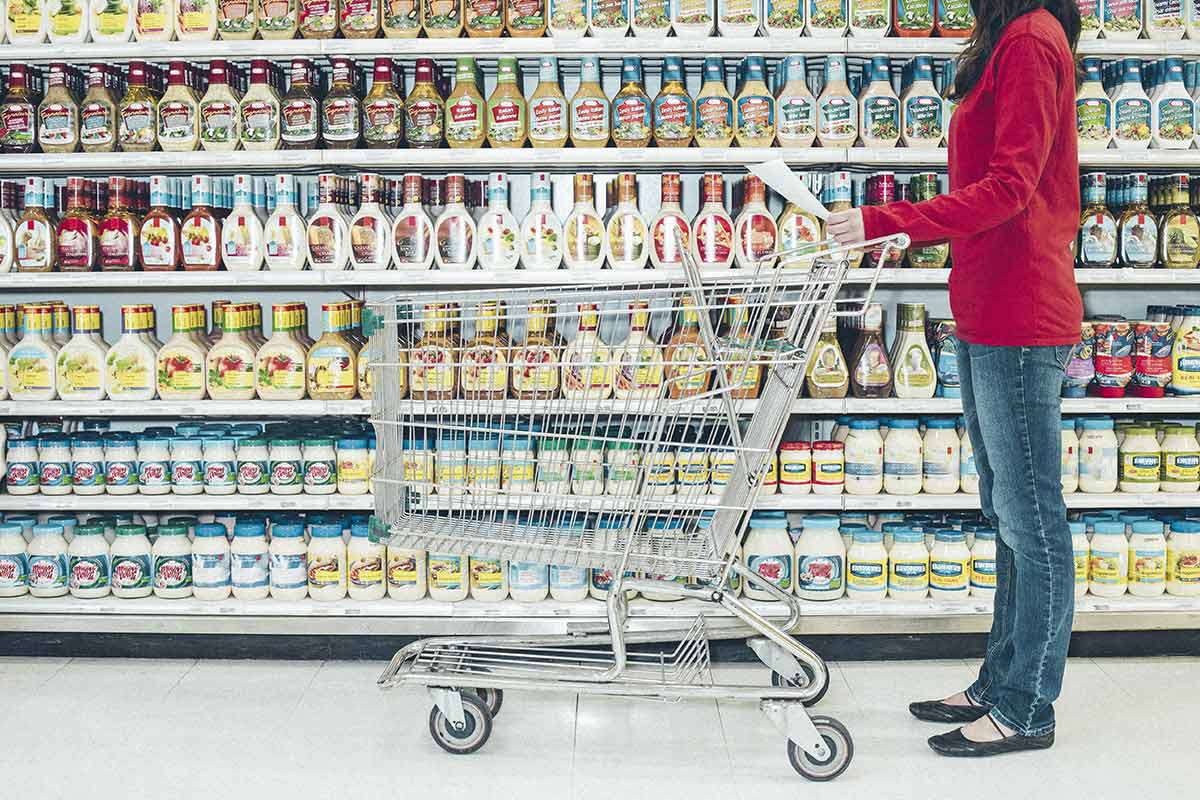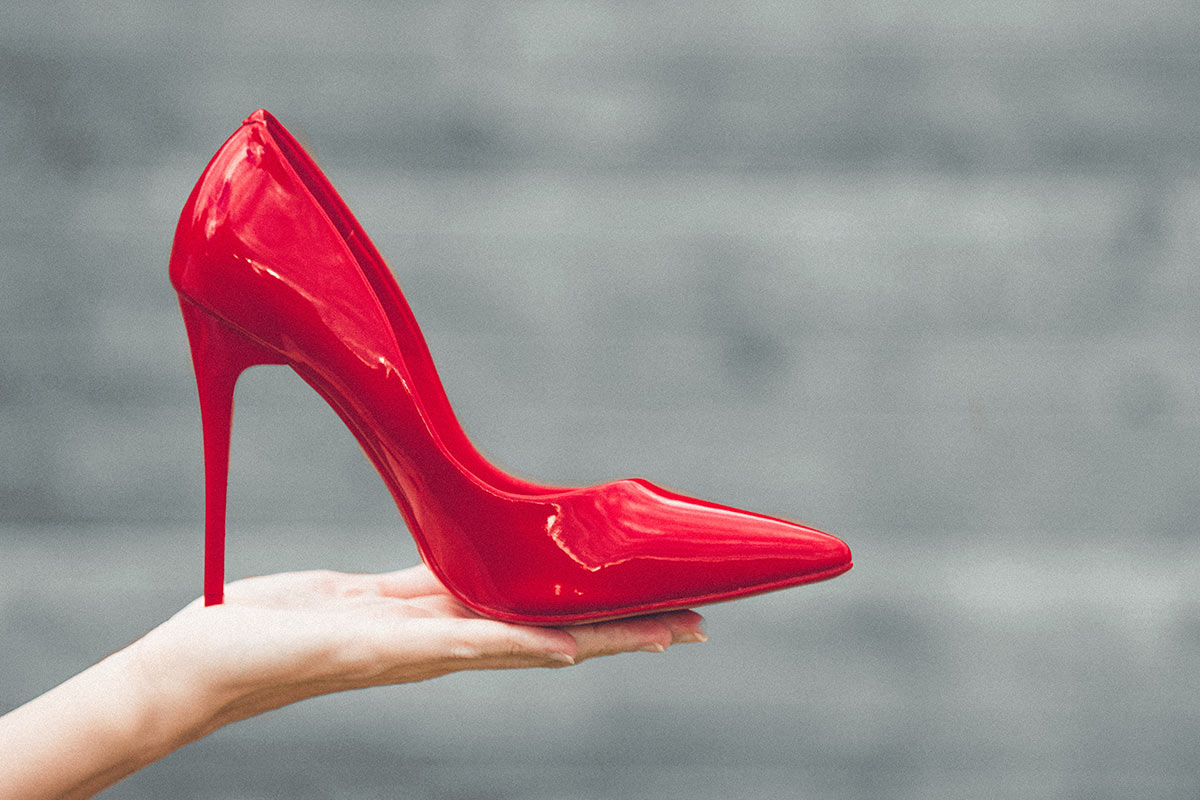
How Does a Traditional Savings Account Work?
Traditional ways are not always outdated. Sometimes, they are the tried and true ways of doing things that will, inherently, forever be the best ways. That's how we feel about having a savings account—or two, or three!
Have you ever driven by a dreamy home on a picturesque street and thought, “I could make a life there?” Do you have a kid with big—and costly—ambitions? Has there ever been a time where you’ve said to yourself, “I wish I had saved for that instead of having to put it on a credit card?”
If you answered yes to any of the above questions, developing strong saving habits may help you realize your financial dreams.
Life is full of financial goals—a new car, a house, retirement—as well as financial emergencies, like a broken furnace or an unexpected medical bill. With a primary savings account, sometimes referred to as a share account, you can rest easy knowing you're prepared.
And the good news is: You don't need a lot of money to start one.
Regardless of where you live, what your job is, or how old you are, savings accounts are essential to financial health. They can help you create a cash reserve to cover unexpected expenses or pay for the planned ones.
In simple terms, a savings account helps your money grow safely—while building dividends over time—until you need it.
Think you're ready to start saving? Here's what you need to know before you open a primary savings account for yourself.
What is a primary savings account?
Let's start with the basics. You may be surprised to learn there are a lot of different types of savings accounts out there, and they are not all created equal. So, if you find yourself wondering what, exactly, a primary savings account is, rest easy—you're not alone.
A primary savings account is, fundamentally, a place to hold your money. It's an account you typically open along with a checking account, but one that you don't want to spend from on a regular basis. That means it’s not for shopping or automatic bill payments.
A primary savings account should be viewed as a goal you're trying to reach.
How does a primary savings account work?
If you're thinking about opening a primary savings account, here's how it works:
Different financial institutions have different processes but, typically, you'll request to open a primary savings account either online, in a branch or over the phone. You’ll then deposit at least enough to meet the minimum requirement, if there is one. To achieve your savings goal, set up a regular, recurring deposit from either your checking account or your paycheck, depending on your preference. Watch your budget to make sure this amount is affordable and adjust if needed.
With this plan, your savings will begin to accrue modest interest and grow over time.
What happens when I need to access those funds?
Once you've hit a certain goal, or need to use the money, you can either visit your nearest branch to withdraw what you need or use online banking or the mobile app to make a transfer. As long as you don't dip below the minimum balance set by your credit union or bank, you can repeat this process as often as necessary. Check with your financial institution first, though, to see if there's a maximum number of times you can make a withdrawal or transfer per month.
Be careful that you don't rely too much on your savings account for regular spending. The idea is to build a cushion and keep it growing.
What are the pros and cons of a primary savings account?
Good question! Let's go over the basics.
Pros
-
They help you achieve your financial goals. Money in a primary savings account is not immediately accessible with a check or debit card. That means you don’t use it for your daily cappuccino or occasional shopping trip. With regular contributions, the money in this account will grow over time, depending on your interest rate.
-
Your money is safe. At their core, primary savings accounts are a safe place to park your money. Every savings account you open is insured up to $250,000 by either the Federal Deposit Insurance Corporation—if you use a bank—or the National Credit Union Share Insurance Fund—if you use a credit union. That means that if a bank or credit union fails, the government will help replace the funds you lose.
-
It's easy to access your funds. When the time comes to use the money in your savings account, it’s easy to access. Make a withdrawal from any ATM or teller, or transfer funds from your savings account to your checking account.
And, if you're comparing types of savings accounts, primary accounts have the most unrestricted rules about withdrawing money. If you put your money in a certificate account or IRA, for example, you may have to pay penalties if you withdraw it too soon. Primary savings accounts are liquid, meaning you can withdraw money today or whenever you need it without paying a fee.
Cons
-
Low interest rates. We've talked about interest and the possibility for growth with a primary savings account, but the returns are small. Interest rates on most primary accounts are usually around 1% to 2%, which will add up to only a few dollars each month.
-
There can be fees. Most credit unions and banks, including Mountain America, will let you open a savings account for free when you open a checking account. Others will charge you to either open or maintain the account. Be sure to ask about any associated fees before you make a final decision.
-
You won't save on taxes. While other types of savings accounts, like IRAs and certificate accounts, often save you money on taxes, a primary savings account won't. The money you deposit into a primary savings account is money you've already paid income tax on—and, you are required to pay taxes on any interest you earn.
How do I set up my own primary savings account?
If you decide a primary savings account is right for you, do some research. Look at different financial institutions to find the highest interest rates, lowest minimum balance rates and best fit for your individual needs.
Either in-person or online, request to open an account and deposit the minimum balance required. Then, download the secure mobile app to make managing your money quick and easy.
Finally, set up recurring payments from either your paycheck or another account and watch your money grow. Practice responsible saving habits, and you'll be well on your way to reaching any financial goal you've set.
When you're ready, open a savings account that works with your unique situation. A Mountain America Credit Union primary savings account, for example, can help you create a cash reserve to cover unexpected expenses or pay for planned expenses. It helps your money build dividends, growing safely until you need it.
Related Articles

The 5 Bank Accounts Everyone Needs

